It has been such a fun year of writing for Recollections! About this time one year ago I did a lovely series on the delightful documentary A Very British Romance featuring one of my favorite historians, the fabulous Lucy Worsley. One of the things that I learned whilst watching the documentary is that at the same time that Victorians were embracing the idea of idealized romance and Valentine’s Day, they were also using the opportunity to be quite cruel. Victorians started the trend of the ‘vinegar valentine,’ which would stay around for about the next hundred years.
I have been waiting ever since then (an entire year!) to do a post just on the vinegar valentine trend and the time has finally come! Let’s take a look at this Valentine’s Day off-shoot and the bizarre snail mail bullying that took place around this holiday built on love.
What is a ‘vinegar valentine’?

Simply put, a vinegar Valentine is a Valentine that is meant to stink and sting rather than sing sweet nothings. Smithsonian.org states that the trend started in the 1840s, though it is not exactly understood why. But what is clear is that they were meant to send quite specific insults to the recipient. In the paper Love Letters and Hate Mail scholar Annabella Pollen analyzed dozens of these cards and says of their intent:
“Vinegar valentines, in their various manifestations, performed a range of satirical functions from rejection of the recipients’ advances, to criticism of their faults, from drunkenness and vanity through to laziness and stupidity. The insults have specific rather than general aims, catering for a plethora of social ills. Victims can be as specific as the new father, the nagging wife or the unfaithful lover. The market for these products was clearly intended to be very wide as their range of insults.”
Given that there is little market for such greeting cards today, it may be hard to imagine that the trend was very widespread. Quite the opposite is the case. Pollen’s paper also points out that such cards made of half of the entire amount of valentines sold and sent in the Victorian Era. In the 1870s as many as 750,000 may have been sent.
Why hasn’t this cruel fad been remembered? Contrary to the way in which many people would preserve loving valentines during the same time, I can assume that many who received a vinegar valentine would have promptly thrown them away.
How to insult a Victorian
As I mentioned, the vinegar Valentines were oddly specific, despite being mass-produced. I have identified a few common themes of insults and dug up some examples of each.
The “never gonna get it” vinegar Valentine
This common theme seems to have been an attempt to quite cruelly turn down the affections of a pursuer. I suppose we can chalk it up to Victorians having very poor communication skills, because I find this to be a very horrible way of handling things!

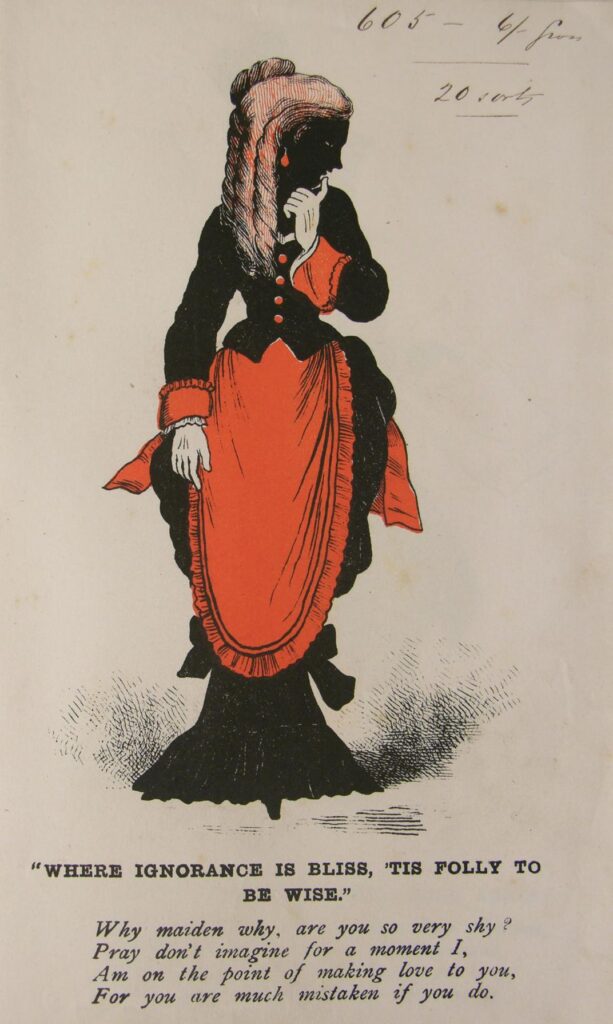
The “no one likes you” vinegar Valentine
Again, I don’t get it, but one of the most popular of such cards was simply meant to send the message that the recipient was universally despised for being ugly, having a poor character, or being otherwise unappealing.
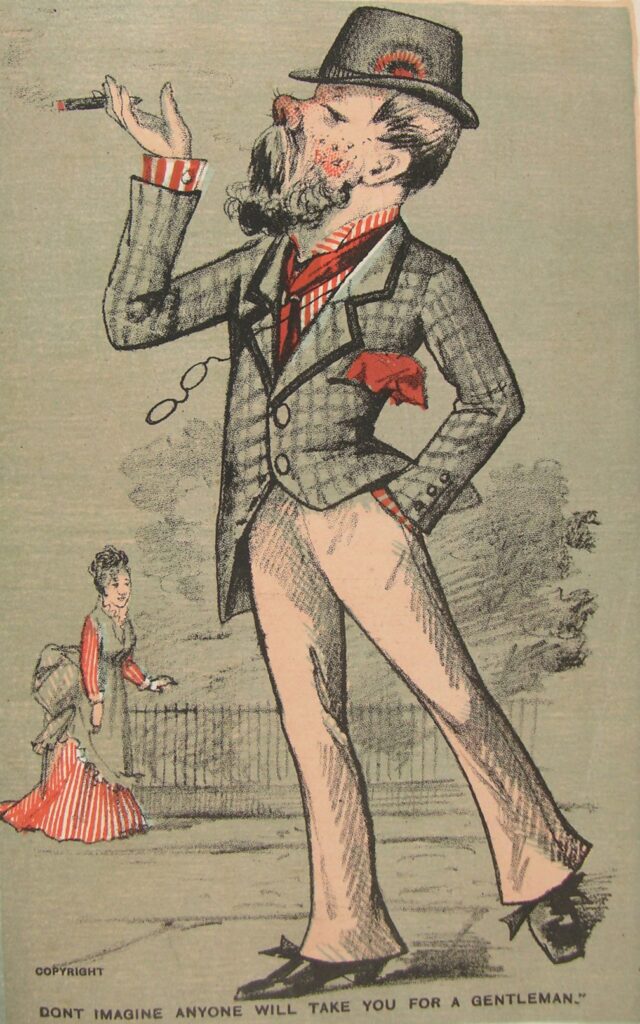
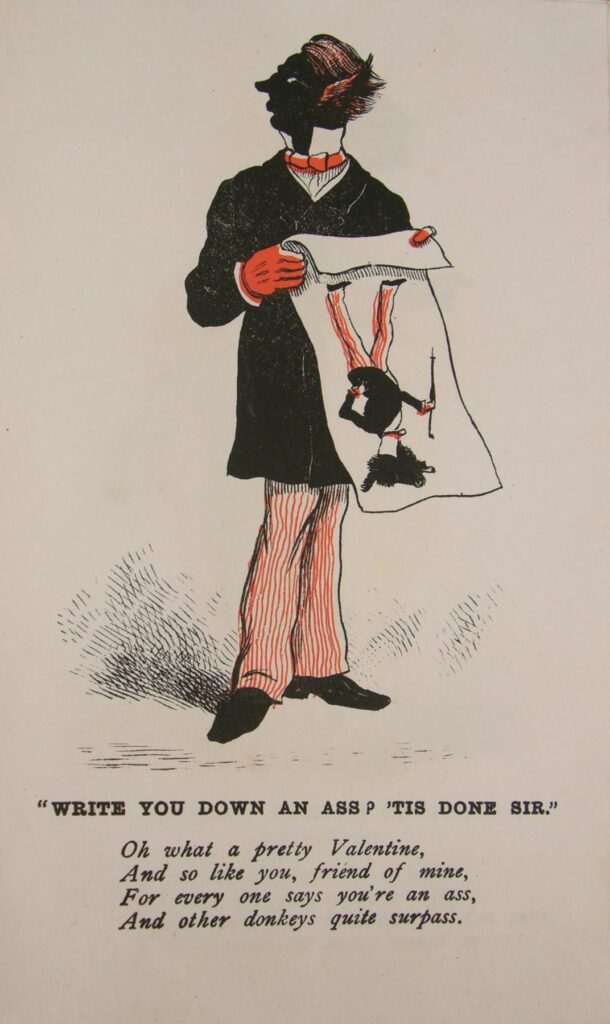
The “I’m mocking your job” vinegar Valentine
Sadly, a person’s job, especially as a woman, seems to have been an easy target for someone seeking to cause offense.
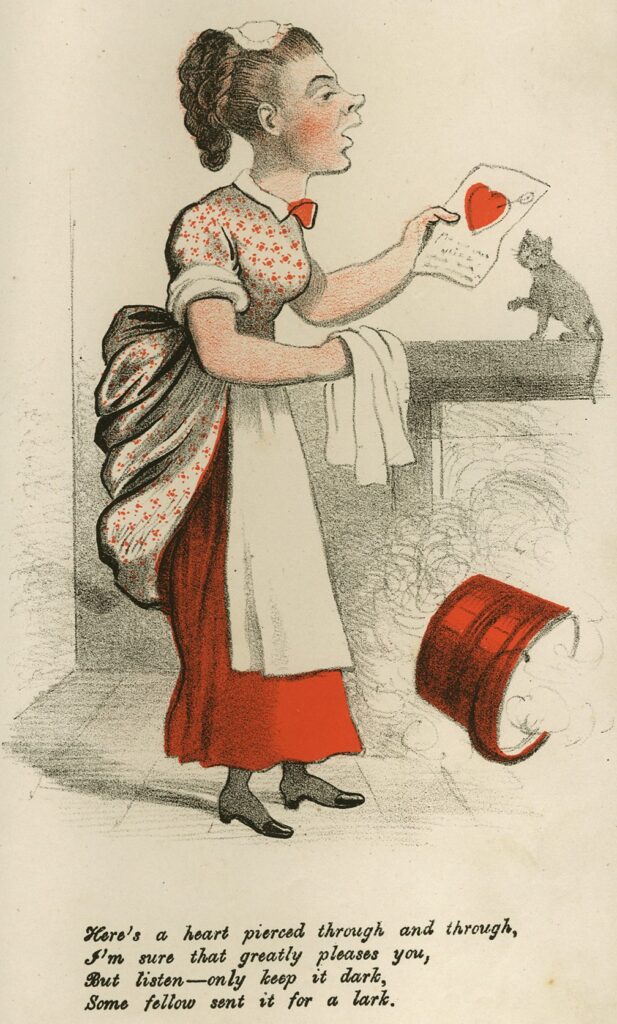
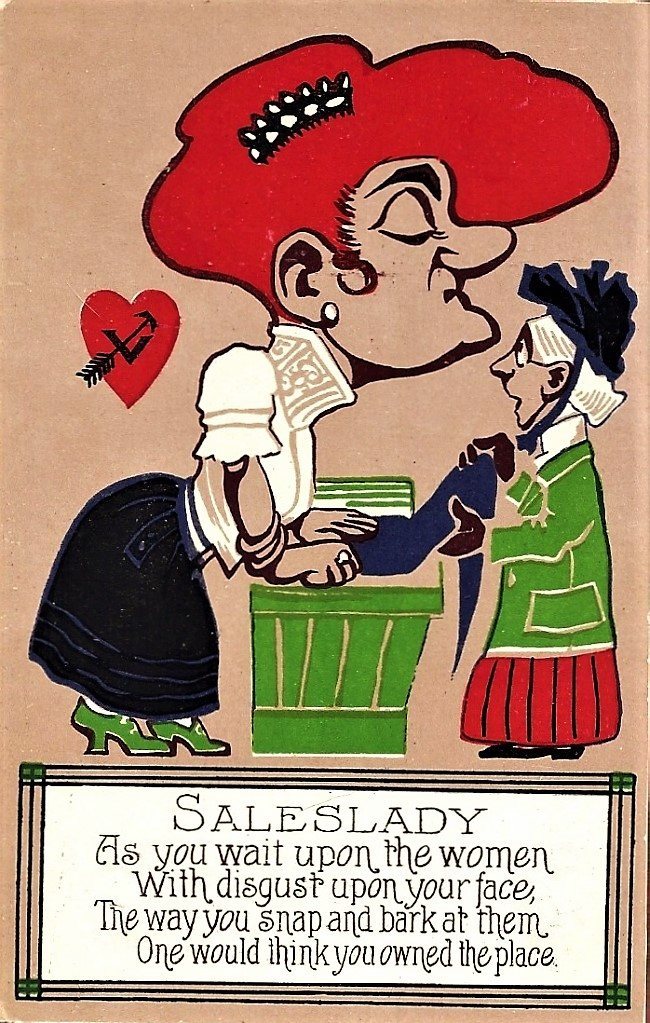
Other themes included criticizing someone who wasn’t forthcoming about returning a suitor’s affections, physical appearance, and politics.
The decline of the cruel card
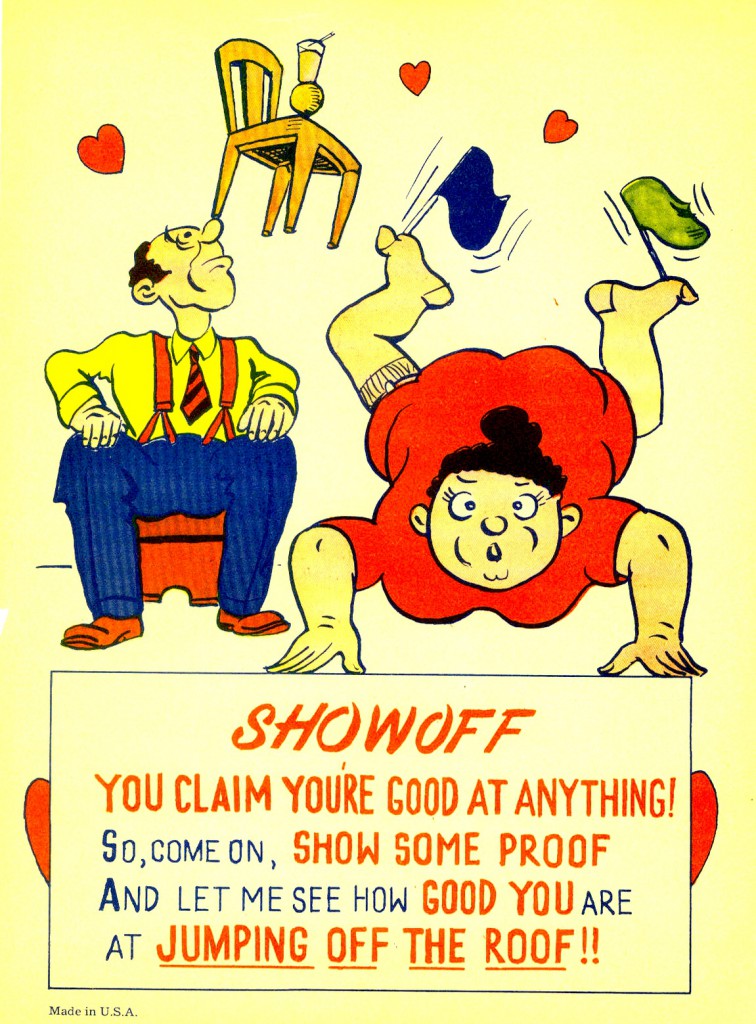
Vinegar valentines were nearly as popular as loving ones. I have read that in 1905, 25,000 of them were held by a Chicago post office alone because of being seen as too inappropriate to mail. The one to the right is from 1940.
Believe it or not, these stingy sentiments stayed in circulation for a hundred years, not finally falling out of popularity until the 1970s. Sadly, although this is no longer seen as an acceptable way to observe Valentine’s Day, bullying remains in the online world. Victorians were no crueler than people are today – they just showed their cruelty in a different way.
Read more about Victorians and love:
A Very British Romance, episode one highlights
A Very British Romance: episode two highlights
Before selfies and text messages there were friendship books






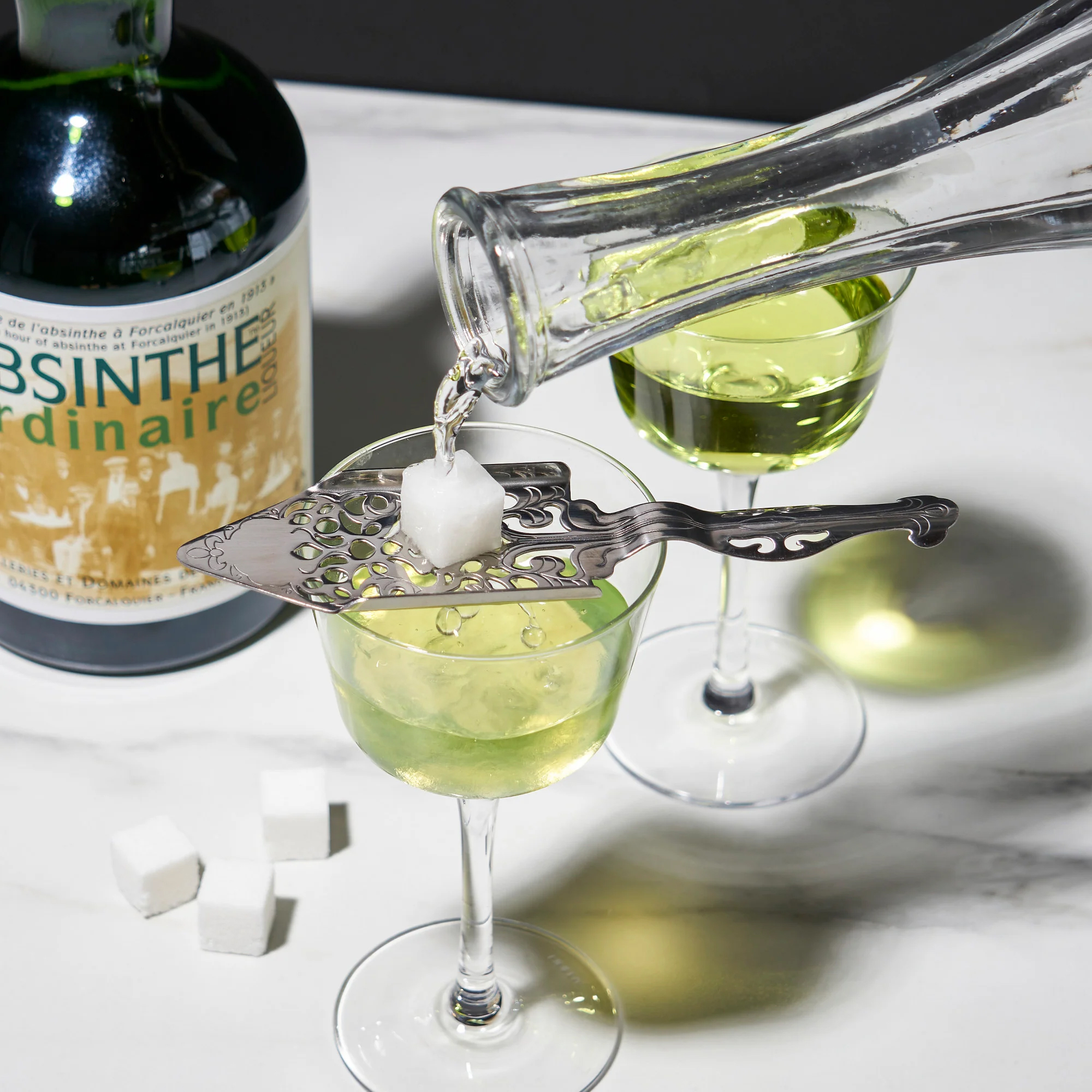







Leave A Comment